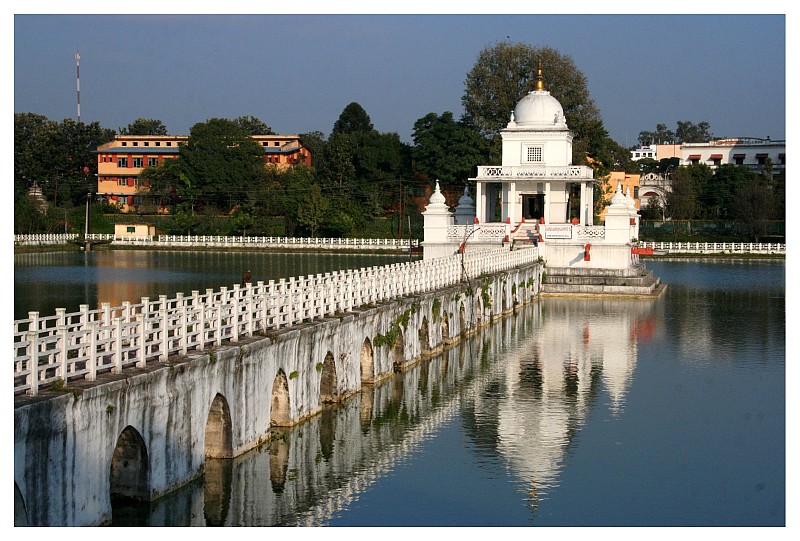Phase I excavation at Rani Pokhari concludes
Kathmandu, January 2
Engineers and archaeologists from Department of Archaeology and an 11-member expert committee formed to recommend reconstruction model of Rani Pokhari today concluded first-phase of excavation on the west and south banks of the pond.
A 110 centimetre deep trench on the west bank of the pond was seen seeping water, which according to archaeologists is proof that the pond can be revitalised using traditional embankment technique.
The 110 centimetre deep trench has six visible layers of sands and black soil. Coordinator of the committee Bishnu Raj Karki said the layers were artificially made to maintain the water level in the pond during all seasons.
“The different layers of sand and black mud were artificially made. The use of this technique has also been found in ancient ponds and water streams in Iran,” said Karki, who is also a former director general of Department of Archaeology. The floor of the pond is 17 feet below the road level. The relatively larger trench on the south bank of the pond is also being excavated to study the structure of the Malla-era embankment.
Architect and heritage expert Sudarsan Raj Tiwari said, “I think that these excavations show that the west bank and the south bank of the pond have remained unchanged.”
The committee has also been asked to recommend reconstruction model of Bal Gopaleshwor temple. The high-level committee was formed on December 28.






